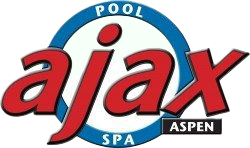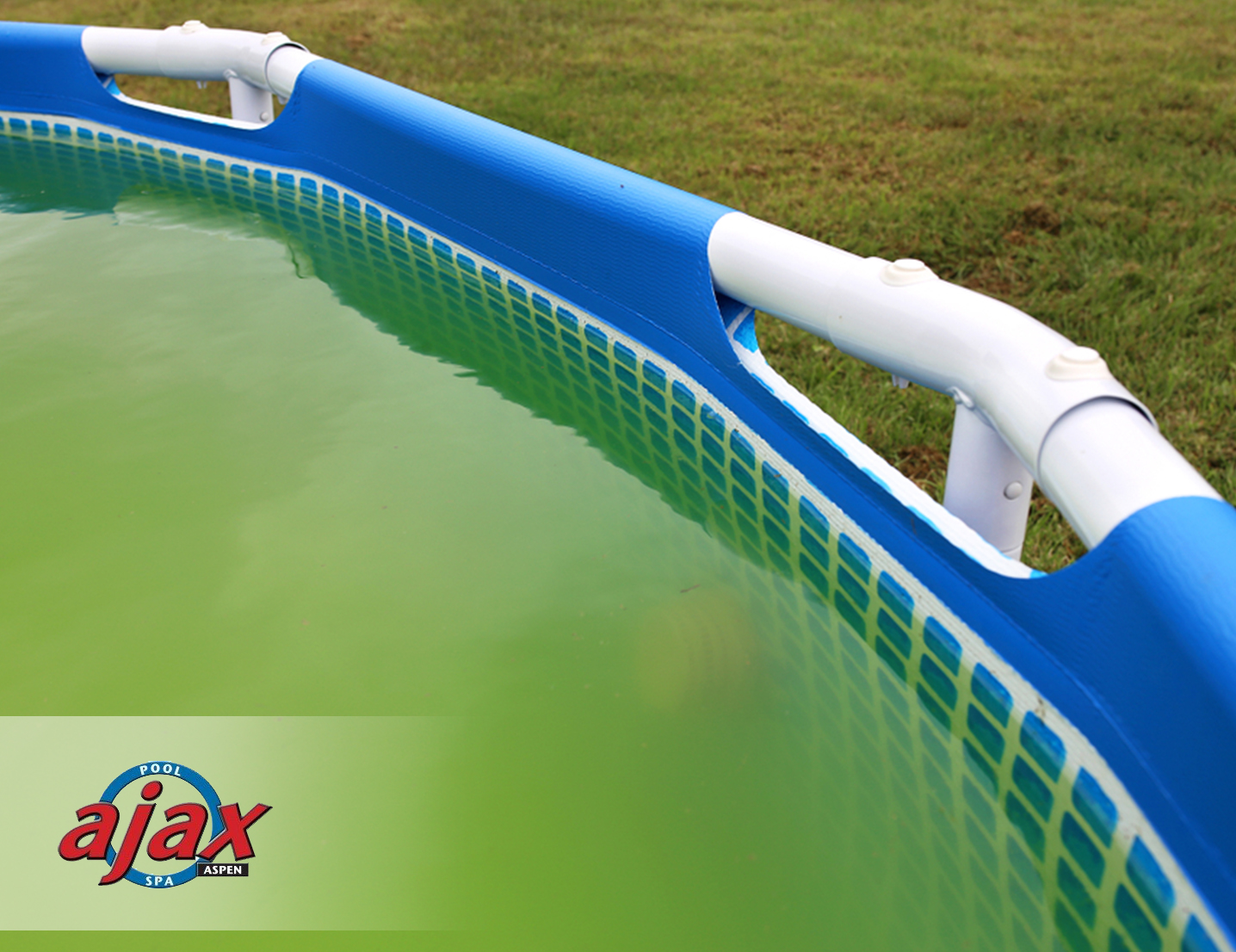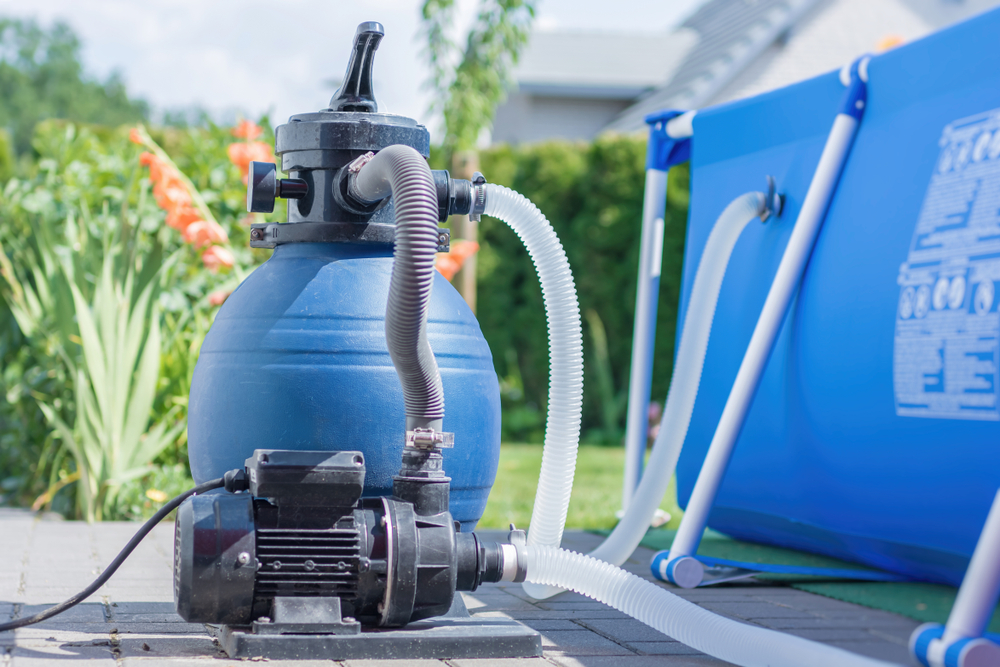6 Ways to Clean a Murky Green Pool
Is your swimming pool looking green and nasty? Swimming in a murky green pool isn’t fun, let alone looking at it. Worse, dirty water can cause swimming-related illnesses. Fortunately, you don’t have to drain all the water and start over again. Basic chemistry and filtration techniques can help you get your pool back in shape.
What Makes the Swimming Pool Turn Green?
Pool algae turn the pool green. Low chlorine levels in the pool create a conducive environment for algae to blossom. The pool turns light green when the algae begin to take hold and deep green when they bloom and take root. Besides chlorine, other chemicals are responsible for maintaining the optimum conditions of the water. An imbalance of such chemicals also leads to algae growth in the pool.
Adding chemicals and ensuring they are well-balanced can sometimes be frustrating and cost-intensive. The good news is you can get professional services from Ajax pool and Spa.
In this post, you will learn how to keep your pool clean, safe, and balanced all the time and save hundreds of money. The aim is to ascertain you spend a lot of time swimming, not cleaning or worrying about the algae condition of your pool!
-
Check the Condition of the Water in the Pool
Before clearing the algae from your pool, determine whether your water chemistry can be fixed. In severe cases where the pool is too green and almost turning black, the best measure is to:
- Drain all the water
- Acid wash the pool
- Refill the pool
Generally, if you can look and see six to eight inches below the surface of the water, that water is redeemable; it can be treated chemically.
-
Brush the Pool Floor and Walls
Use a wide, heavy-duty pool brush to clean and scrub pool walls, floors, steps, and other surfaces where algae cling. To clean hard-to-reach surfaces, use heavy-duty 360-degree round brushes that reach every nook. Note that algae are stubborn and tough to remove. Use algae brush to make your work easier. In the end, ensure all the algae is gathered and suspended in the pool to make it easier for chlorine to kill and eliminate them.
-
Test Water Acidity and Alkaline Levels
With the help of a liquid test kit or a test strip, test the alkalinity and pH level of the pool. The standard pH level is between 7.4 to 7.6. If the pH is higher, use a gallon of muriatic acid. The acid will make the water a little acidic. The alkalinity level, on the other hand, should range between 100 to 150 parts per million (ppm).
If the alkalinity and pH level is too high, adjust them downwards to optimum levels. Test the water again after the adjustment to ensure you’re within the perfect range.
-
Shock Your Pool with Chlorine or a Suitable Sanitizer
Once you obtain an optimum pH and alkaline balance, shock the pool to kill algae. Shocking means using high levels of chlorine to clear pool algae. Eliminating algae and pool sanitation is the key activity in pool shocking. Calcium hypochlorite(granular chlorine) has a high chlorine concentration and will kill the algae pool very quickly. It’s economical to buy a 25-pound container because you can utilize the remainder for the future. Calcium hypochlorite is also advantageous since it dissolves quickly, kills bacteria, and controls contamination in the pool. Use a shock containing 70 to 80% chlorine for best results.
-
Run the Pool Filter/Pump
After you shock your pool, run your filter for eight to 24 hours to ensure the water is completely clear. The choice of a filter matters a lot. You can use; sand filters, cartridge filters, or diatomaceous earth (DE) filters. You can then use a pool clarifier to clear the algae more quickly or rerun the filter for a whole day to remove all the dead algae and ensure the shock has dispersed throughout. However, if the pull is still green, shock it again and repeat the filtration process.
-
Re-Test the Water Again and Adjust the Pool Chemicals
When your pool is cloudy blue, or clear, try re-testing the water again. The testing ensures the optimum pH, alkalinity, chlorine levels, and calcium hardness. When you have added all the required chemicals, test the pool again to ensure you have the right balance.
How to Keep Algae Off Your Pool
Now that you have a clear pool again, you must ensure it remains like that. The only sure way to do so is to maintain proper sanitizer levels. Test your pool frequently, once a week, or daily depending on how often you use it. Other tips to keep algae at bay include:
- Use a water clarification solution.
- Have a reliable chlorinating system; chlorine should always be in the water. Using a tablet of chlorine once a week has proven effective.
- Clean your filters appropriately before using them.
How Often Should You Clean Your Pool Filters?
- Backwash sand filters once every two weeks.
- Clean cartridge filters after every three to four weeks
- Backwash diatomaceous earth (DE) once a month.
How about Pool Phosphates?
Phosphates are food for algae. Therefore, some pool owners argue that you should remove them to control algae growth. However, removing phosphates from any environment is like clearing dust particles from the air. It’s impossible to clear phosphates from the pool. Forget about eliminating pool phosphates and concentrate on sanitation, regular maintenance checks, and testing.
Consult Pool Cleaning Experts
Maintaining your swimming pool creates more time to enjoy swimming and reduces anxiety. At Ajax Pool and Spa, we offer you maintenance and chemical services as often as needed. Text us today at 239 225 8626, call us at 970 279 5253, or reach us online. We will gladly solve your pool issues and ensure you enjoy swimming in crystal clear and safe water.


